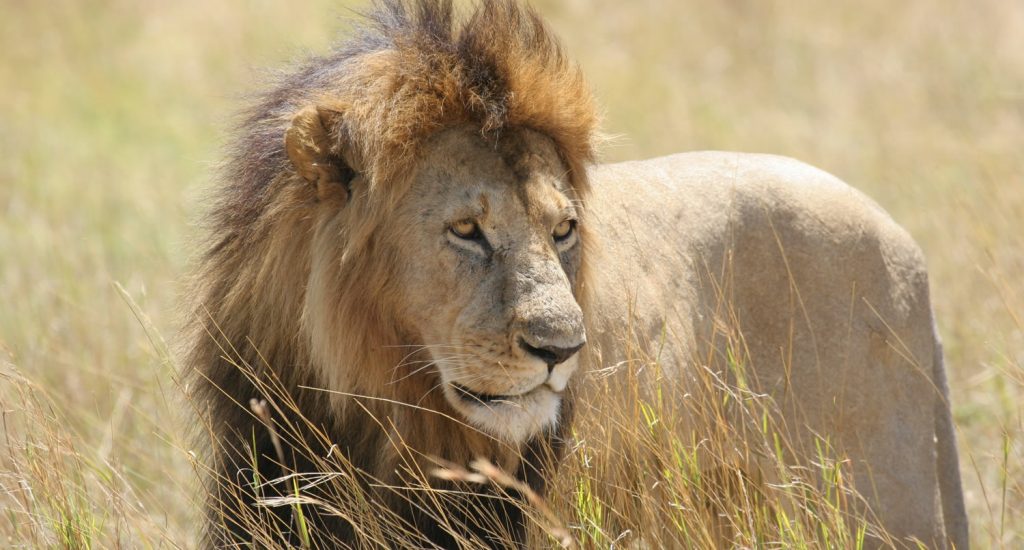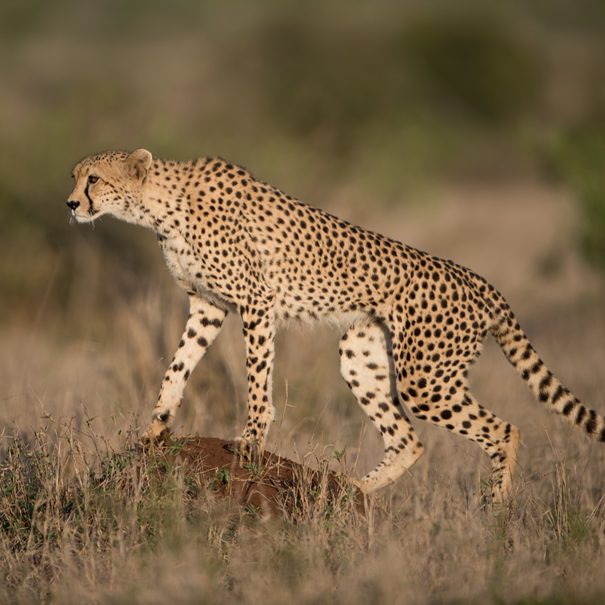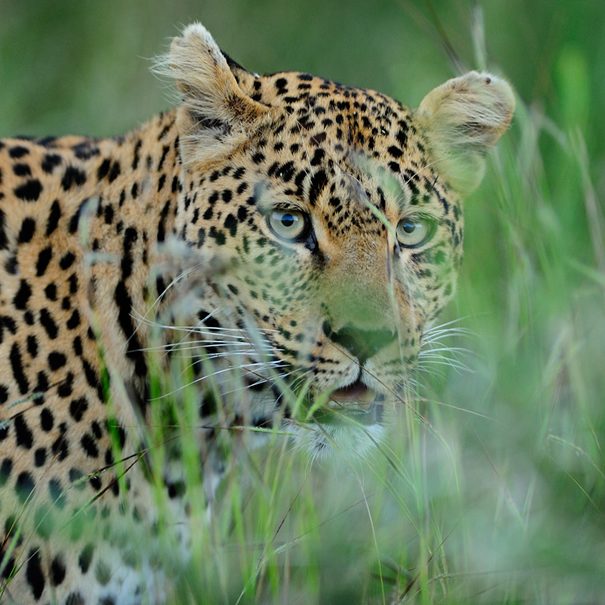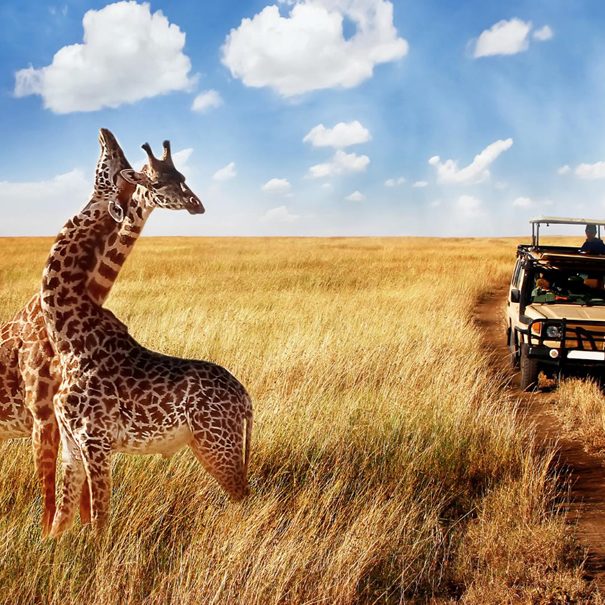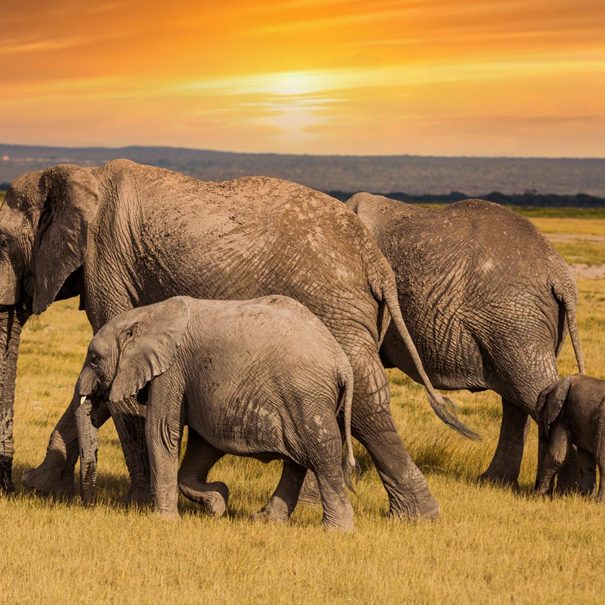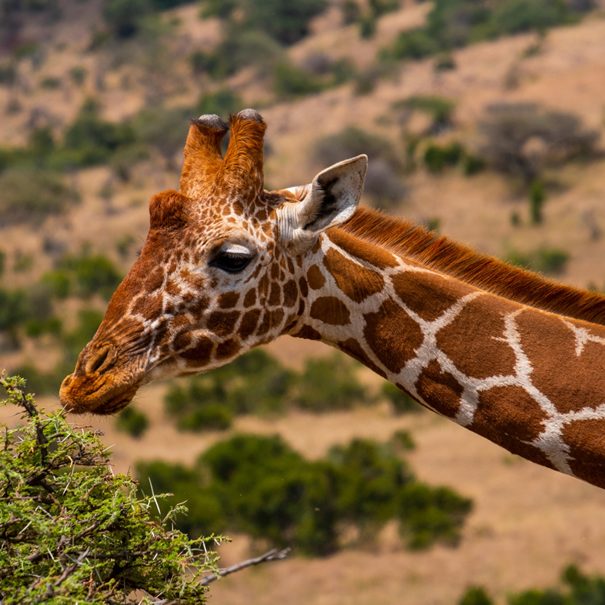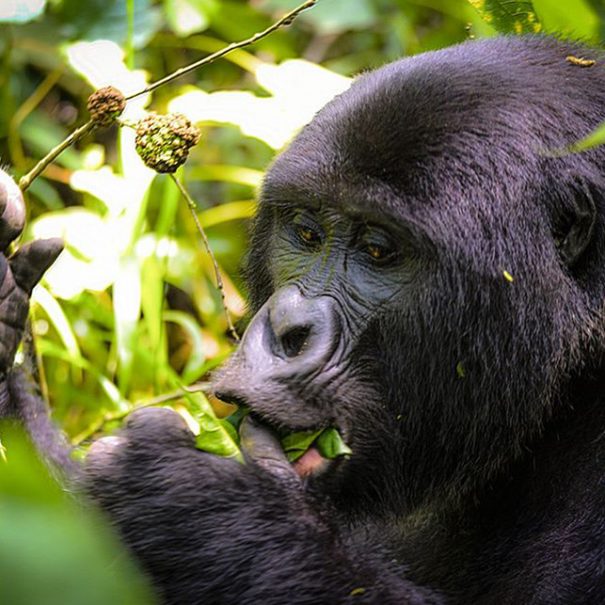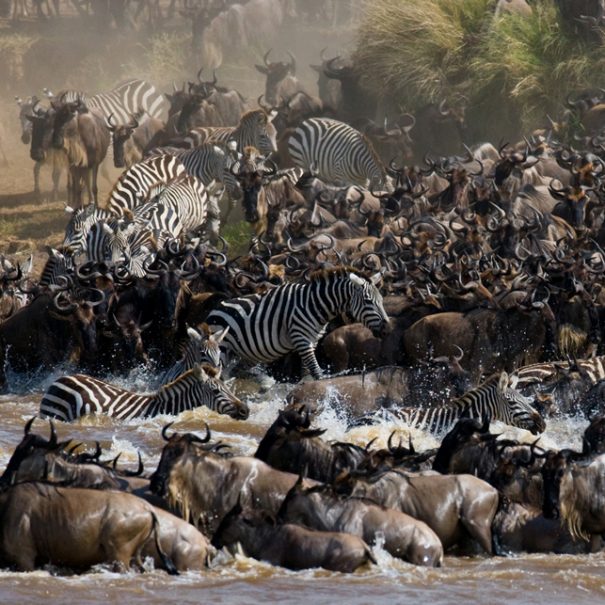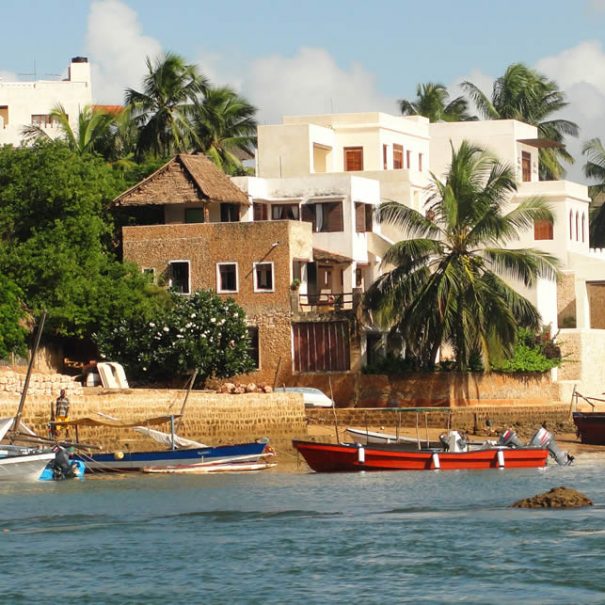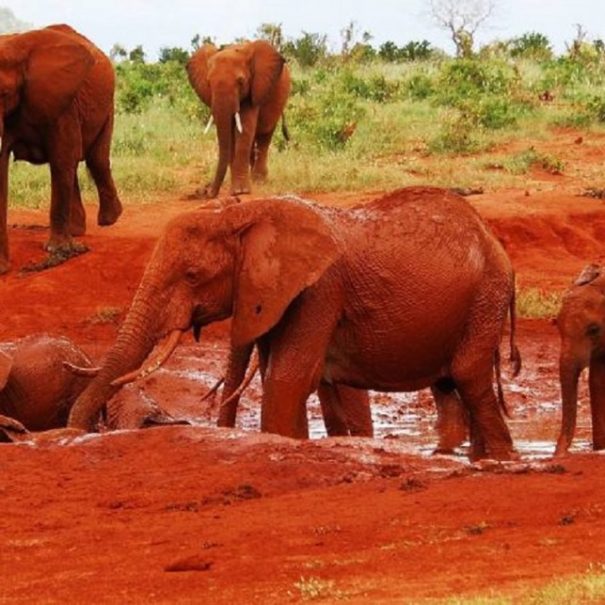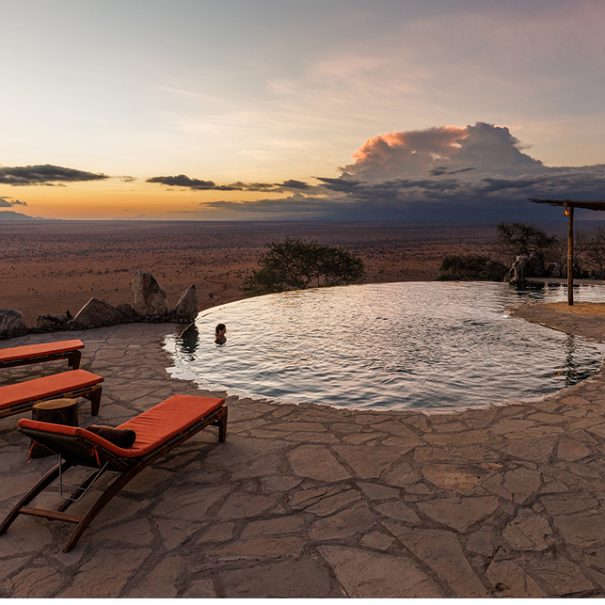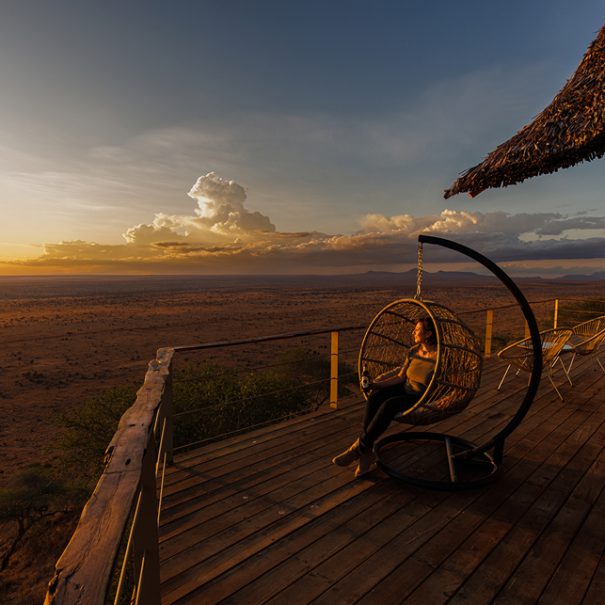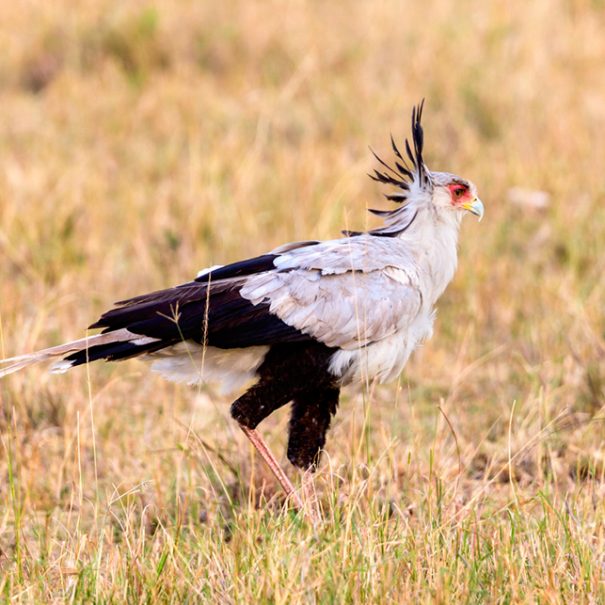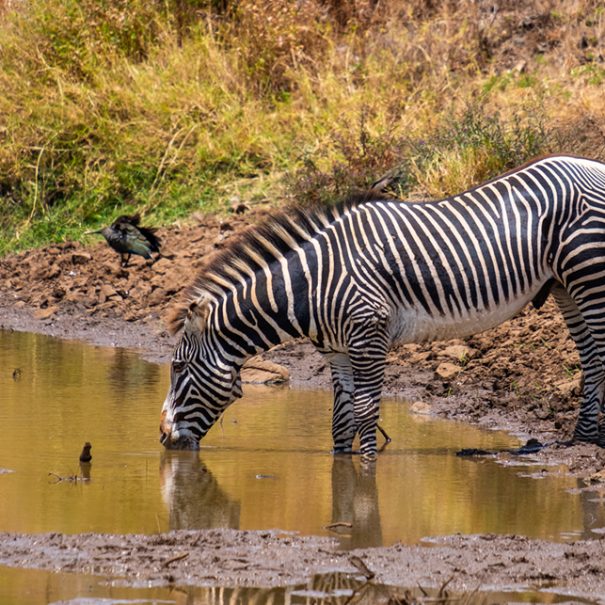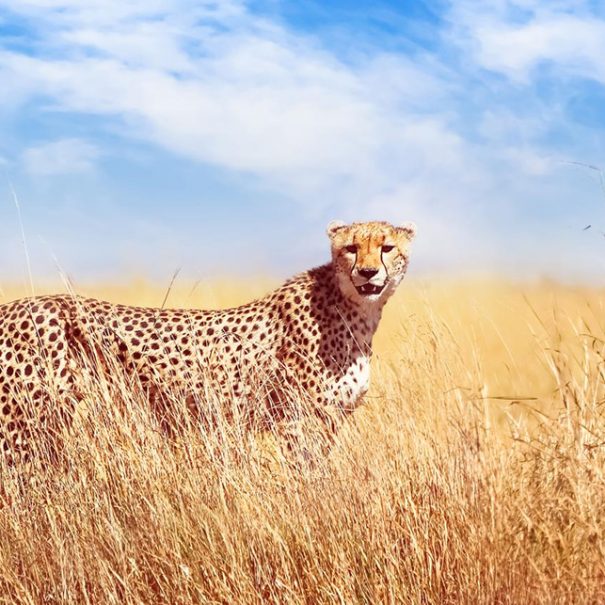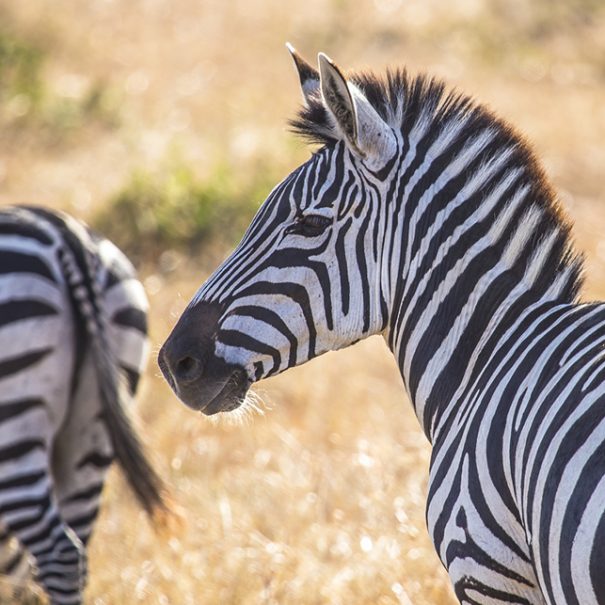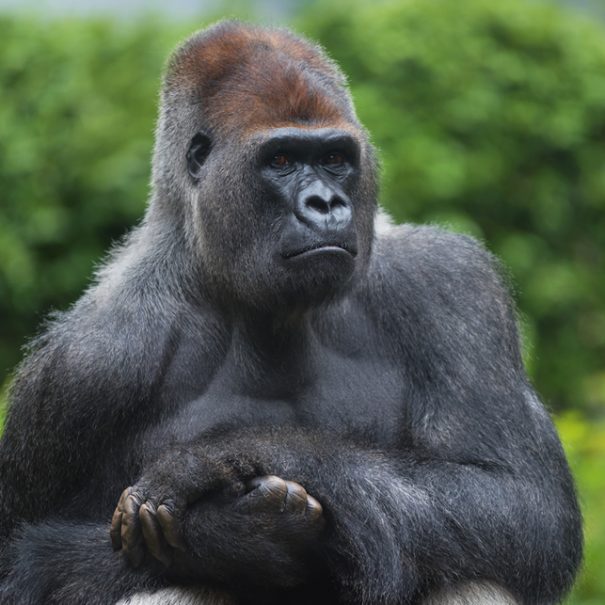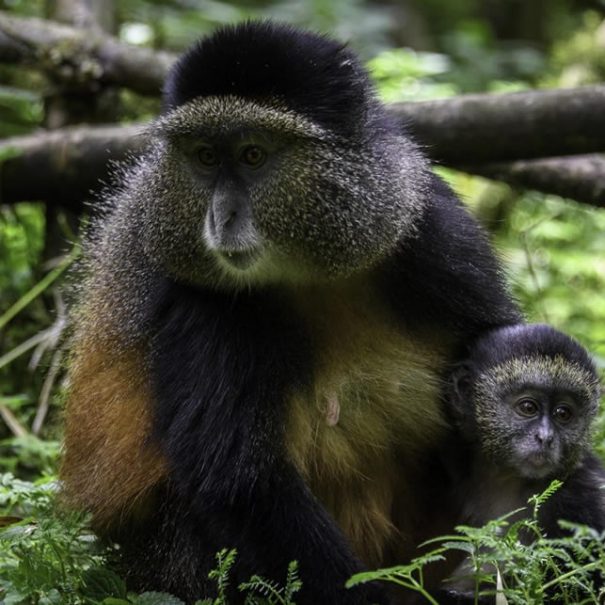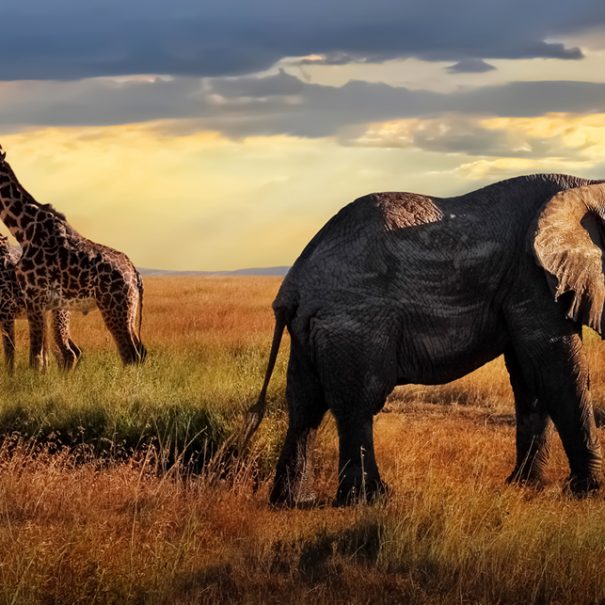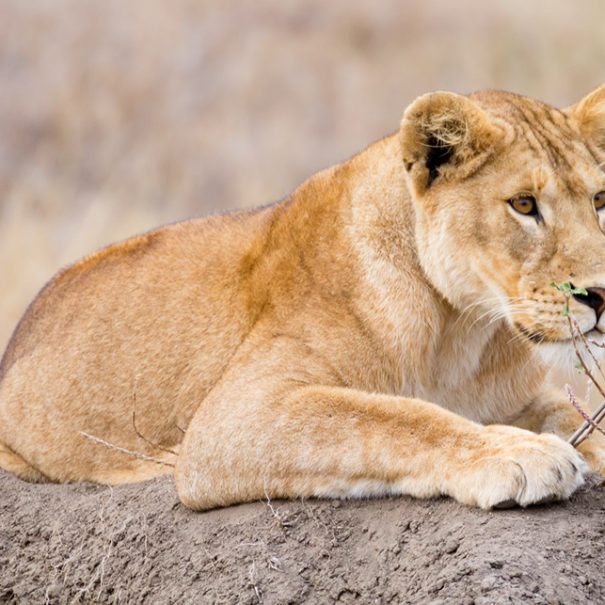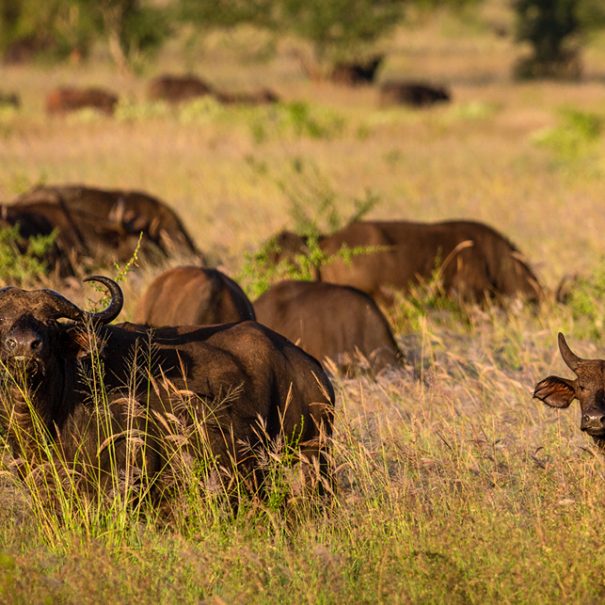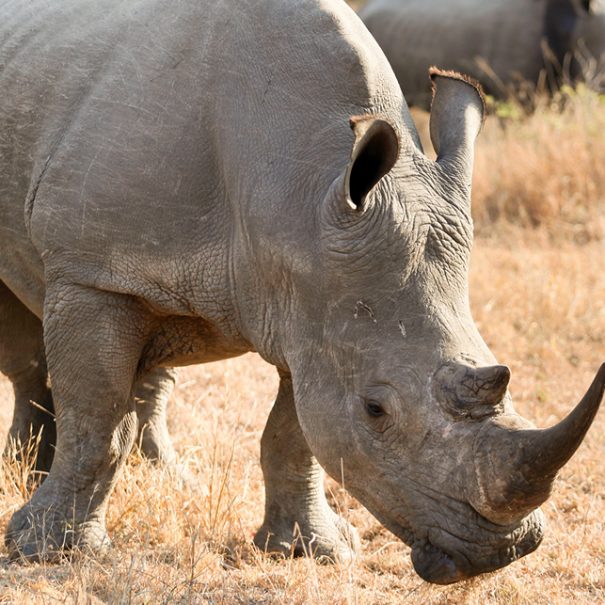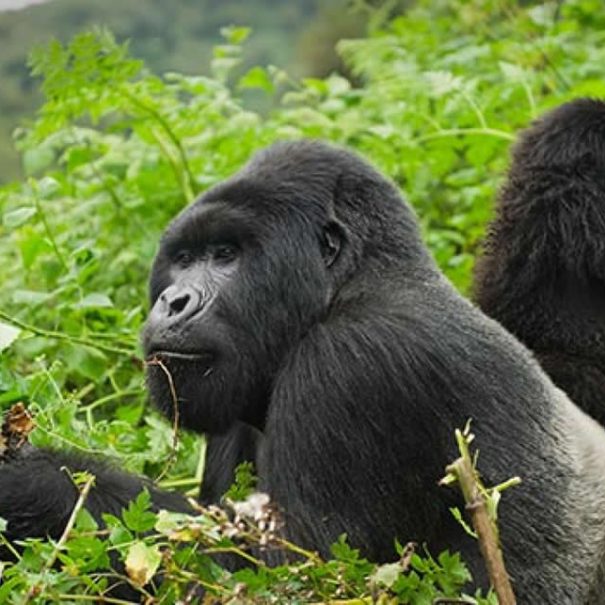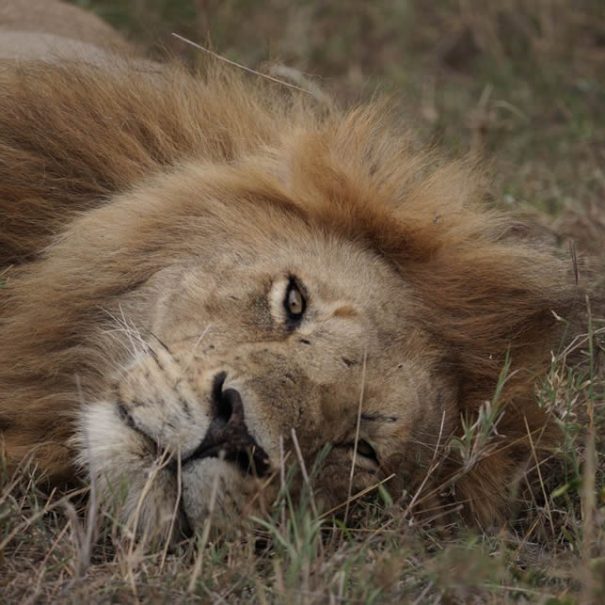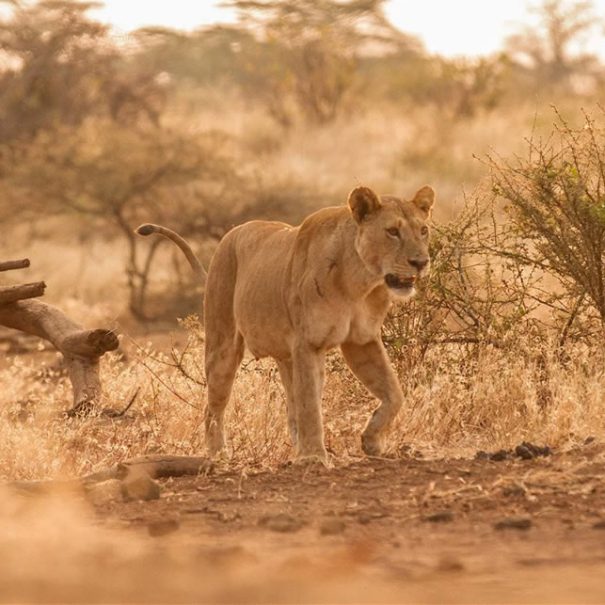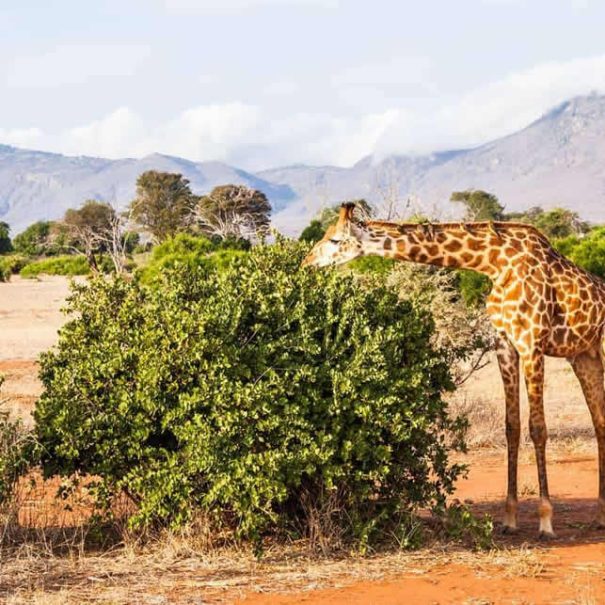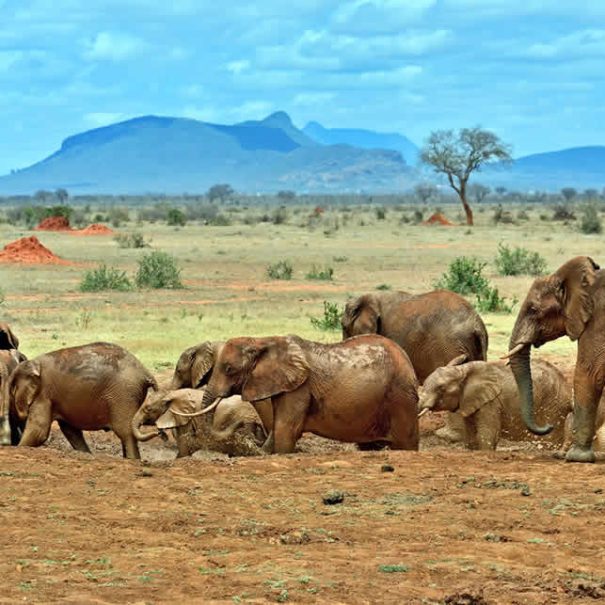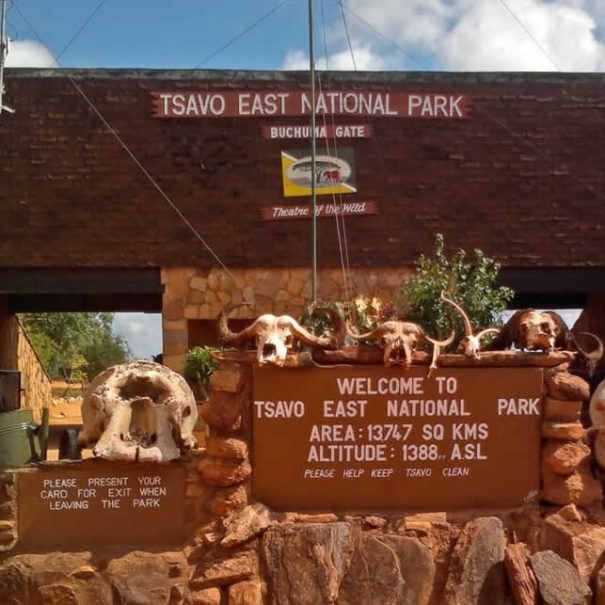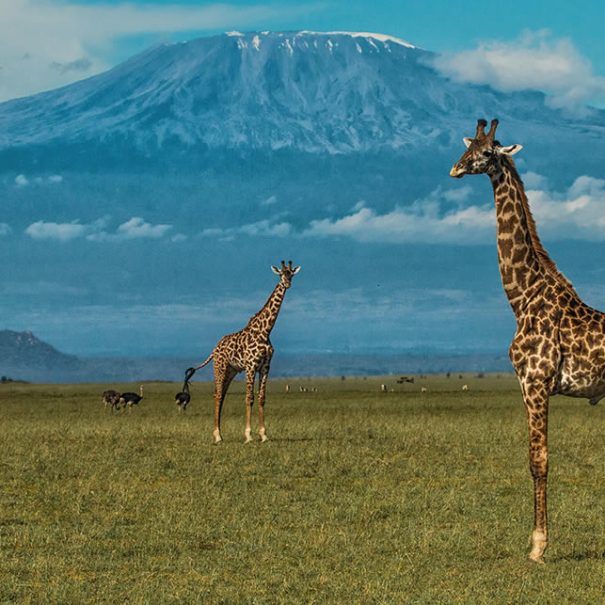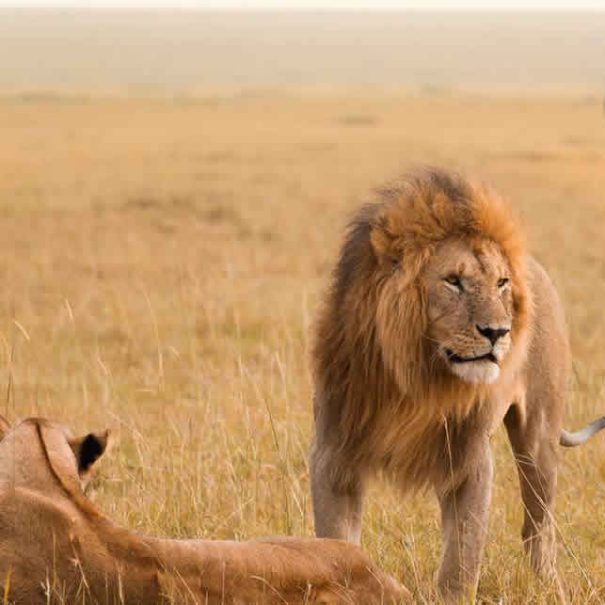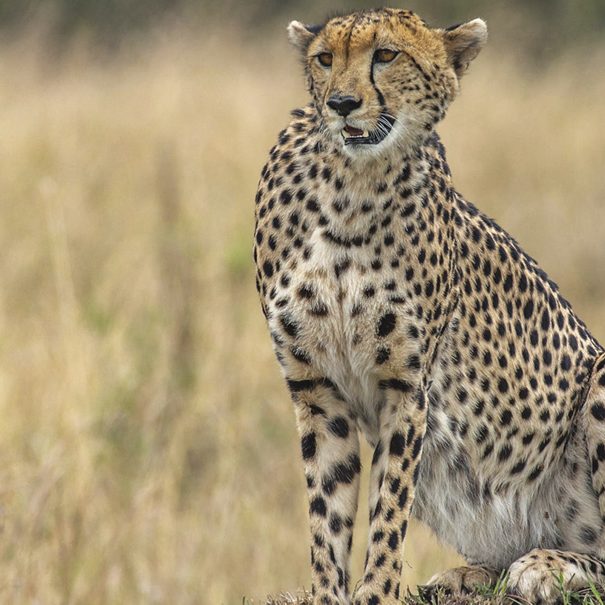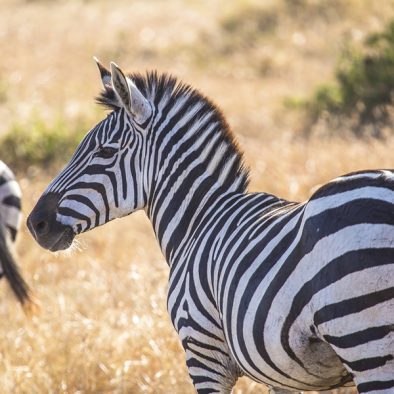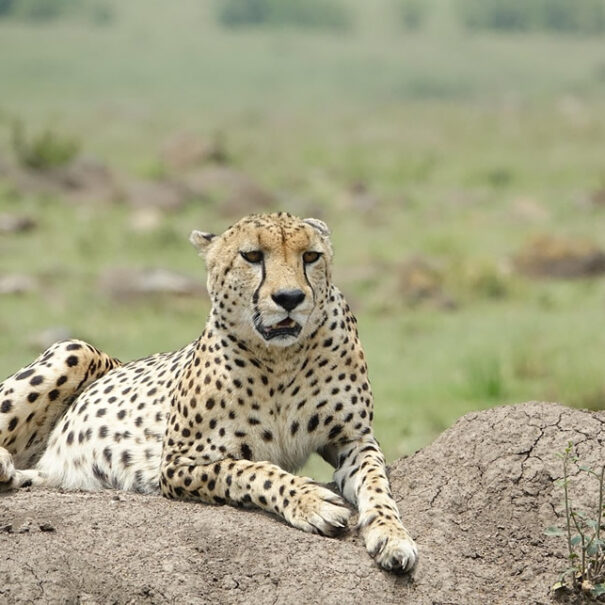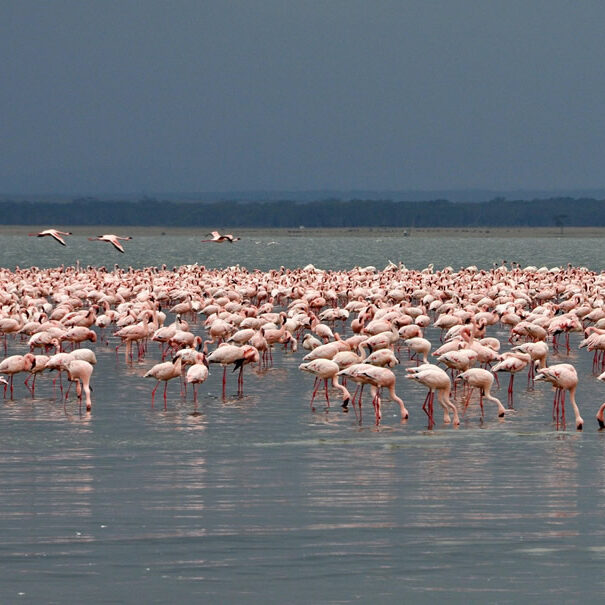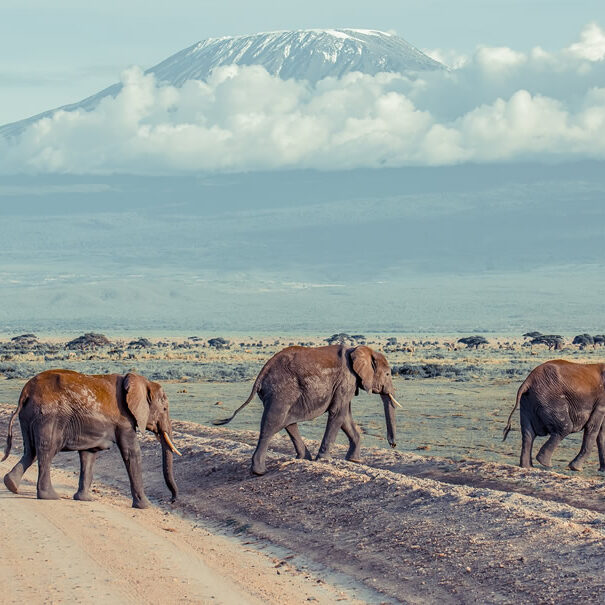Are you ready to embark on the adventure of a lifetime? The beautiful Masai Mara National Reserve is calling your name! This article will provide all the information about the Masai mara entrance charges, including special rates for residents and non-residents.
We will also give you the inside scoop on the park’s operating hours and the various gates you can use to access the park. Don’t miss out on this opportunity to explore one of Kenya’s most stunning natural wonders. So, pack your bags, grab your camera, and join us on this incredible journey!
Masai Mara Park Entrance Fees
The Masai Mara National Reserve is one of Kenya’s most popular destinations, and for a good reason. There’s much to see and do, from the Big Five to the breathtaking landscapes. But before you pack your bags and head to the park, you’ll need to know about the entrance fees.
The Masai mara entrance charges differ for residents and non-residents, with residents of Kenya enjoying discounted admission.
But first, let’s define the terms:
A resident is a person who is a citizen of Kenya or a citizen of any East Africa member state. Resident rates apply to Kenya, Uganda, Tanzania, Rwanda, and Burundi residents. Resident rates also apply to foreigners who reside in Kenya and have work permits or residence permits.
Visitors of this category must present their National ID for Kenyan Citizens or Passport displaying work permits or appropriate Visas as proof of their resident status upon entrance.
A non-resident is a person who is not a citizen of Kenya or a citizen of any East Africa member state and who does not have the necessary documentation to permanently or temporarily reside in Kenya. This includes individuals visiting Kenya for tourism or business purposes and those living in Kenya without the proper documentation.
For non-residents, the fees vary depending on whether you’re inside or outside the park. Non-resident adults inside the park will be charged $70 per day, while non-resident adults outside the park will be charged $80 per day.
Non-resident children inside the park will be charged $40 per day, and non-resident children outside the park will be charged $45 per day. Non-resident student adults will be charged $40 per day, and non-resident student children will be charged $20 per day.
On the other hand, East African citizens will be charged in Kenyan Shillings. Citizen adults will be charged 1,000 Ksh per day, citizen children will be charged 200 Ksh per day, and citizen students will be charged 200 Ksh per day.
There are also fees for vehicles entering the park, which vary depending on the size of the vehicle. Trucks and aircraft also have entrance fees based on size and capacity. So, whether you’re coming by car, truck, or plane, check the fees before you visit the Masai Mara National Reserve!
How to Pay (Mode of Payment)
US dollars and Kenyan shillings are accepted as payment methods for the Masai Mara National Reserve entrance fees. Cashless transactions using Visa, MasterCard, and the local Mpesa phone payment system are all accepted.
The Masai Mara National Reserve accepts prepayment options as well. These tickets are obtained from the KAPS Company, which has an office on Longonot Road in Upper Hill, Nairobi, in the Kato Office.
Note:
Kenyan citizens and residents are obliged to carry national IDs and proof of residency.
Non-foreign residents must carry passports or other identifying documents.
Masai Mara National Reserve Gates
There are different ways to get into the Masai Mara reserve. Tourists who drive to the reserve use these gates to get in and out during safaris.
The gates to Masai Mara open at 6:00 am and close at 6:00 pm. So that you can get to your Masai Mara camp or lodge on time, we suggest you don’t arrive at any of the gates after 1500hrs.
Oloololo gate
The northeastern part of the Masai Mara reserve is where the Oloololo gate is. Near this gate is a public camping area where tourists can stay overnight. This gate also has a list of rules and regulations tourists must follow during their safari in the Masai Mara reserve. For example, tourists must leave their vehicles at designated points after ensuring they are safe. Kilima camps are places to stay close to this gate.
Oloolaimutia gate
The Masai Mara reserve’s main east gate is called Oloolaimutia gate. It takes about two and a half hours to drive from Narok to this gate. The Oloolaimutiek gate is another name for this gate. Using this gate, tourists can drive through the reserve and see animals like elephants and giraffes. The Oloolaimutia hills are another tourist attraction that can be seen from this gate. Near the Oloolaimutia gate, there are places to stay, such as the Enchoro wildlife camp.
Sekenani Gate
Sekenani Gate is 82 km southwest of Narok, in the eastern part of the Masai Mara reserve. This gate is also the main entrance to this reserve, which is a short drive from Nairobi via Narok.

Musiara Gate
This gate is in the northeastern part of the reserve. It is close to the Ololoolo gate and on the other side of the Mara river. It is a good place to start if you want to see the wildebeest migration in reserve and do some sightseeing on a safari. The Musiara swamp is one of the places that can be seen. Tourists who want to fly to the Masai Mara reserve can also do so from the Musiara airstrip.
Talek Gate
In the northwest of the Masai Mara reserve, there is a Talek gate. The Talek River, which divides the east and west parts of the Masai Mara reserve, is one of the things that tourists can see if they go through this gate.
Conclusion
The Masai Mara National Reserve in Kenya is a unique and important ecosystem home to various flora and fauna. All stakeholders must work together to find a solution that balances the needs of the reserve with the interests of the local community. That may include finding ways to reduce the fees, improving the gate system, or finding alternative reserve funding sources.

